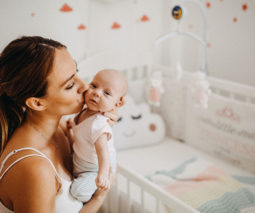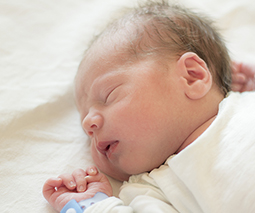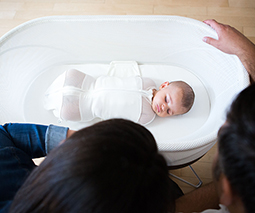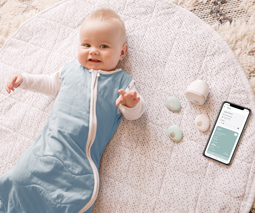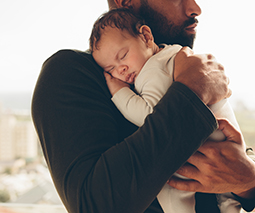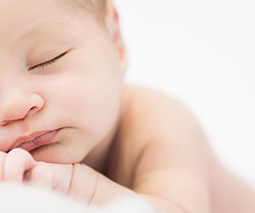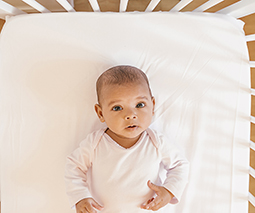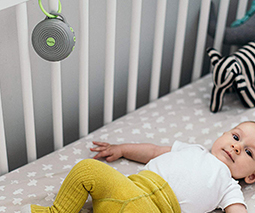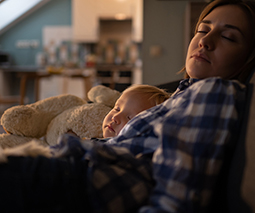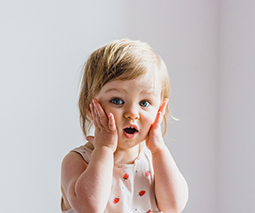How to create the perfect sleep environment for your baby
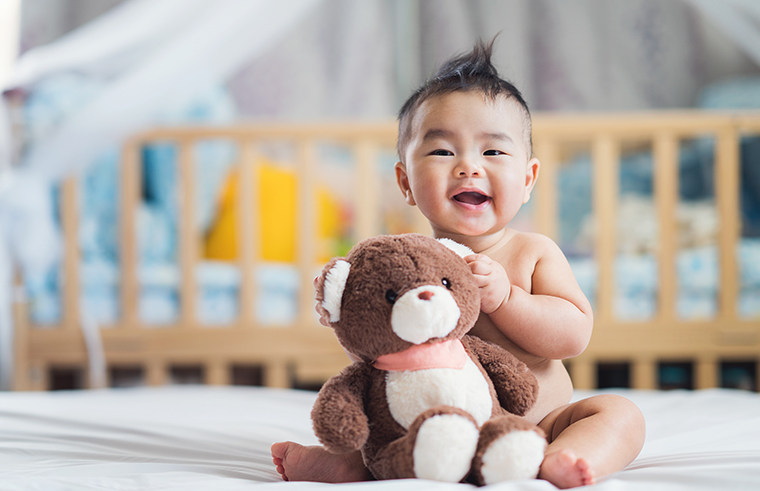
A child’s sleep environment is a point to be considered when we think about ways to establish healthy sleep habits.
Current research shows that a healthy sleep environment is important for adults, children, toddlers, and babies alike.
When we think about a healthy sleep environment we need to consider room temperature, sounds, lights, and anything else that could wake up and stimulate your child’s brain.
Here’s what you need to consider:
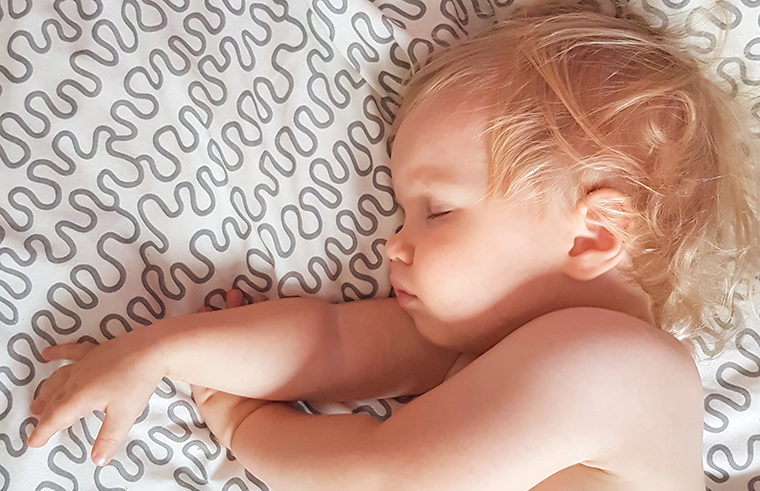
Creating a good sleep environment for babies
Very young babies can sleep well pretty much anywhere, but once they have moved beyond the newborn phase, they will become more aware of their surroundings so introducing an environment that is conducive to good sleep will encourage them to sleep well. Keep the following in mind:
- Dark, Dark, Dark. This is especially important for babies who are light sensitive. Pay attention to any sources of light that can come into the room. This can range from LED lights coming off baby monitors, sunlight coming through curtains, or hall light coming under the door.
- Room temperature should be between 20-22°C.
- Quiet please: If you find that sudden noises wake babies, then do consider a sound machine. These machines do not need to be turned on loudly. Make them loud enough to dampen any noises that can come from the environment. • Cribs should free from all toys and blankets.
- Baby’s sleep surfaces need to be firm.
- I recommend taking mobiles away from cribs. These can inspire play or engage a baby visually.
- Keep all screens out of the baby’s room. This means no iPads, TV’s, or smart phones. The light that is emitted from these screens stimulate the baby’s brains.
- American Academy of Pediatrics makes the recommendation for fans in the room to help lower the SIDS risk. The fan can double as a sound machine.
- American Academy of Pediatrics recommends room sharing for at least the first six months of a baby’s life, and if you can 12 months is the best.
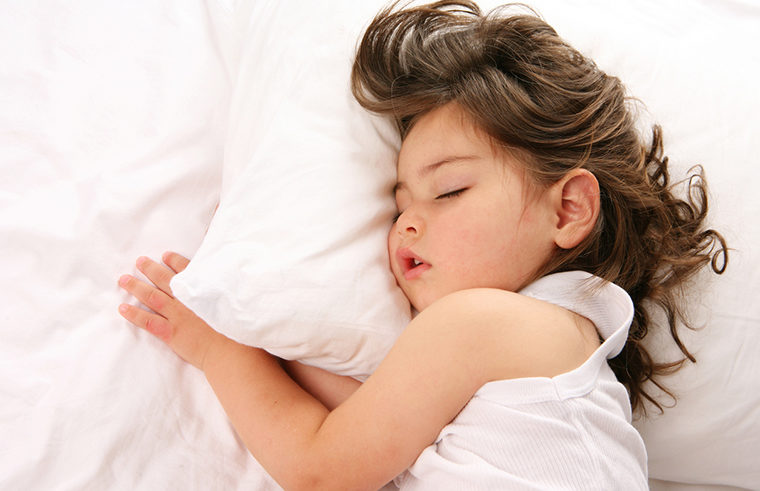
Creating a good sleep environment for toddlers
- Dark, Dark, Dark UNTIL about 2.5yrs. Around two and a half to three years old a child’s imagination develops. A low watt nightlight can help calm the imagination down in the middle of the night.
- Quiet please: Just as with babies, toddlers can be sensitive to noise as well. This can be true for adults too.
- At 12 months you can introduce a toddler pillow and blanket into the crib.
- The toddler’s room should be calm environment. A child’s desire to play and roam around the room increases as a child’s mobility and curiosity increases. Be mindful of this if your toddler gets up in the middle of the night to play.
- Once a child has transitioned to a toddler (or larger) bed, do look around the room to toddler-proof the space. For the curious child, you may want to consider a baby gate. We do not want to have a child crash while climbing up shelves, roaming around the house, or discovering anything else in the house that can be potentially harmful.
 Need some more baby sleep advice? Our Parent School sleep experts can help. Click to find out more or book a one-on-one session.
Need some more baby sleep advice? Our Parent School sleep experts can help. Click to find out more or book a one-on-one session.
